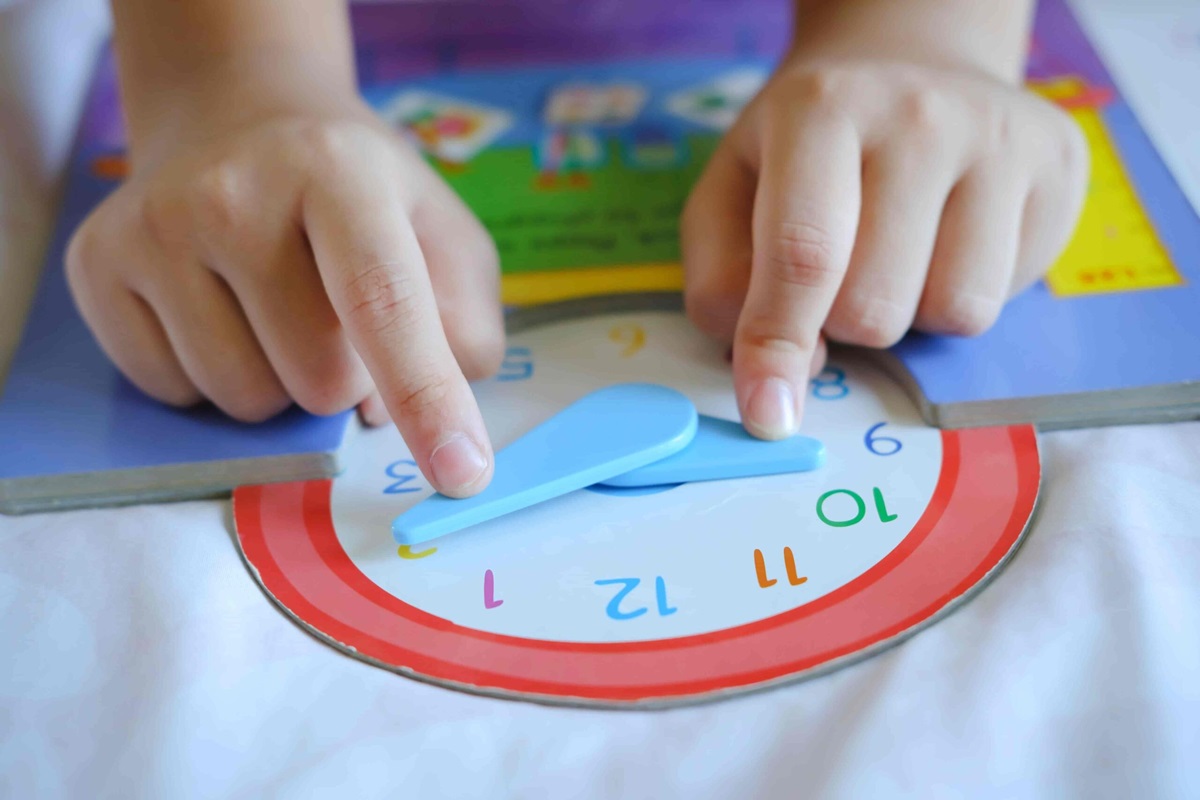When Starbucks gets your coffee order just right, when you are surrounded by supportive friends, when your pet snuggles up close to you, when you reach that spectacular view on your autumn hike – these are the times when it is easy to be grateful. But how can we keep the gratitude going in challenging times?
Over the past two decades, research has found that practicing gratitude increases overall happiness in a variety of ways, including reducing the risk of depression, maximizing relationship satisfaction, and building resilience in the face of stress. One important reason why gratitude can be so beneficial is that it allows us to reframe “bad” experiences. Gratitude helps us reexamine difficult events to decrease their negative emotional impact. Developing a style of coping that includes gratitude may involve viewing a challenging time as having shaped the person you are today and prompted you to value the important things in life. To deny that life is full of setbacks, disappointments, mistakes, pain, and frustration would not only be unrealistic, but it would also deny the opportunity for growth. We cannot simply reject negativity and “be positive”; instead, we must work through these obstacles, experience our full range of emotions, and find something to remain thankful for.
No matter how unpleasant or unbearable an event, you might consider adopting some new coping strategies to attain a goal of finding your own “silver lining” in difficult times.
Leading scientific experts on gratitude, such as Robert Emmons, suggest that maintaining an attitude of gratitude helps us feel fortunate and identify the good things in life as they come. As we develop this perspective, we begin to alter the emotional tone of our lives to allow more space for happiness.
Count Your Blessings
Try the “Three Good Things” practice by spending about five to 10 minutes each night writing about three things that were positive that day and explaining why you think they happened. In a study conducted by Martin Seligman, founder of the Positive Psychology Center at the University of Pennsylvania, participants had increased overall happiness that persisted for six months after completing the Three Good Things practice every day for one week.
Another method of “counting your blessings” is to keep a gratitude journal, in which you jot down something that you are grateful for several times every week. These exercises teach you to recognize and soak in positive events as they happen so you can remember them more vividly as time goes on. You do not have to wait until something extraordinary happens to write in your gratitude journal. You may reflect on enjoying a great conversation with a friend, having a better-than-expected lunch, or seeing a beautiful sunset.
Be Grateful for What You Already Have
Minkyung Koo led a series of studies in 2008 that studied the effects of mental subtraction. This technique involves a 15-minute session, once a week. You take into consideration a positive event, such as a job opportunity or meeting your significant other, and what life would be like if it had never taken place. The results of the studies showed that weekly writing sessions led to increases in overall happiness and gratitude.
This practice, technically referred to as Mental Subtraction of Positive Events, counteracts the tendency to take the good things in life for granted and helps you feel thankful for the series of events that led to where you are today.
Give It Up
The tendency to adapt to pleasurable things and appreciate them less over time is referred to as “hedonic adaptation.” We can combat this phenomenon by using the Give It Up practice, in which you give up a different pleasure for one week each month. When you allow yourself to return to indulging in this pleasure, whether it is eating chocolate or binge-watching Netflix, you will approach it with greater anticipation and excitement than you normally would.
The goal of the Give It Up practice is to recognize when we take lots of pleasure for granted. Although we may assume that more is better, research suggests that some scarcity and restraint actually leads to more happiness. Less is more.
We can also practice gratitude by simply using the language of thankfulness and asking insightful questions to reframe our perspective, such as “What lessons did this experience teach me?” or “What ability did this experience draw out of me?” Remember that catharsis, or emotional venting, without accompanying insight does not produce positive change – it might even stir up more negative emotions. Taking a fresh outlook of gratitude is a skill that anyone can learn.
No single activity can send you into a state of permanent joy. However, practicing gratitude regularly can increase overall happiness. Trying different techniques to find which ones best suits you is a worthwhile endeavor. Whether we are feeling stressed about the holiday season, finals week approaching, the presidential election, or personal issues in our lives, we all have the ability to stay grounded and stay grateful.
This article is republished from Bodimojo’s website with their permission.










